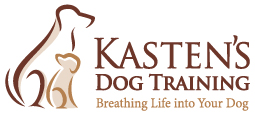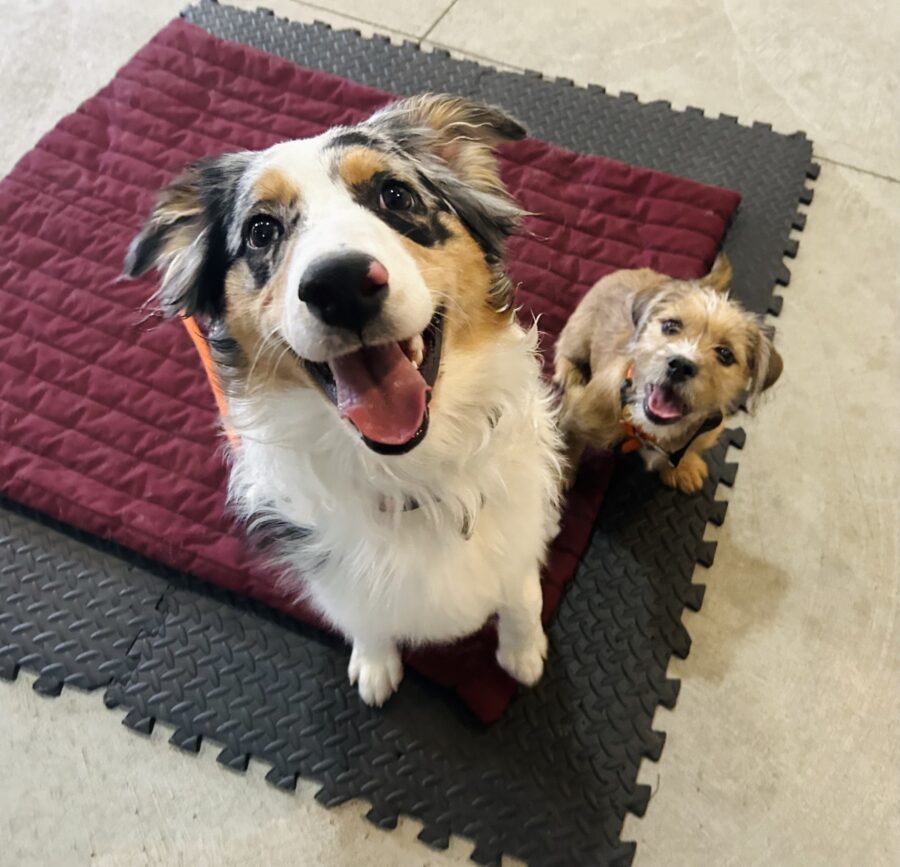Dealing with aggression in your dog can be overwhelming and, at times, stressful, but you are not alone. Whether the aggression is rooted in fear, frustration, or a more complex issue, professional training can provide the guidance you need to turn things around. By recognizing when it is time to seek help and understanding the benefits of expert intervention, you can take the first step toward a safer, more harmonious relationship with your dog.
Recognizing Aggression in Dogs
Aggression can manifest in different ways. Your dog may growl, snap, lunge, or bite in response to people, animals, or specific situations. In some cases, it may stem from fear or anxiety, such as when your dog feels threatened or cornered. Resource guarding, where your dog becomes defensive over food, toys, or even spaces, is another common cause. Other dogs may display aggressive behavior due to poor socialization, past trauma, or genetics.
Sometimes, aggression can be linked to an underlying medical issue, such as pain or discomfort. Whatever the cause, it is essential to take these behaviors seriously and address them early.
When to Seek Professional Help
Some behaviors can be managed at home with patience and training, but aggression often requires a professional’s expertise. If your dog consistently shows aggressive tendencies, whether toward people, other animals, or specific triggers, it is time to consult a trainer or behaviorist.
Seeking professional help is especially important if your dog’s aggression has caused injury, appears unpredictable, or escalates despite your efforts. Early intervention can prevent the behavior from worsening and help create a safer environment for everyone involved.
How Professional Training Can Help
A professional trainer brings valuable insight and experience to the table. Instead of focusing on just the symptoms, they take the time to assess your dog’s behavior and uncover the underlying cause. Once identified, the trainer will develop a customized plan to address the aggression effectively.
Training may involve techniques to replace aggressive reactions with calmer responses. Desensitization and counterconditioning are often used to change how your dog perceives and reacts to triggers. Boundary-setting exercises can also be beneficial, as they teach your dog to understand their limits and reduce tension in challenging situations.
Equally important is the guidance provided to you as the owner. A trainer will show you how to read your dog’s body language, respond appropriately, and reinforce the training in your day-to-day interactions. This partnership between trainer, owner, and dog is key to achieving lasting results.
Avoiding Common Pitfalls
While it might be tempting to try DIY methods to address aggression, this approach can sometimes do more harm than good. Without understanding the root cause, it is easy to misinterpret your dog’s behavior and apply solutions that are ineffective or counterproductive.
Professional trainers have the expertise to recognize the nuances of your dog’s behavior and implement safe and effective strategies. Their tailored approach ensures your dog receives the support it needs while also giving you the tools to manage the situation confidently.
What to Expect from Training
Professional training for aggression is a process that requires time, patience, and consistency. During the initial evaluation, the trainer will observe your dog’s behavior and identify triggers. From there, a personalized plan is created, outlining steps to address the aggression and promote better behavior.
Throughout the program, you will work closely with the trainer to practice and reinforce the training techniques. Progress may take weeks or months, but with consistent effort, you will begin to see meaningful improvements in your dog’s behavior.
Taking Action for Safety and Success
If your dog’s aggression presents an immediate safety concern, it is crucial to prioritize precautionary measures while seeking professional help. Tools like muzzles or barriers can help prevent incidents during walks or interactions, while structured boundaries at home can create a safer environment. Addressing aggression not only protects your household but also gives your dog the best chance at overcoming their challenges.
A Better Future for You and Your Dog
Aggression can feel like an insurmountable obstacle, but with the right approach, it can be managed and improved. Seeking professional help is not just about fixing a problem; it is about creating a better, more harmonious life for you and your dog.
At Kasten’s Dog Training, we specialize in behavior modification for dogs with aggression concerns. Our experienced trainers are here to guide you every step of the way, providing personalized support and expert solutions.
Contact Us Today!
At Kasten’s Dog Training, we are committed to helping you and your dog build a strong, positive relationship through practical training. Visit our website or contact us today to learn more about our services so we can assist you in reaching your training goals!




